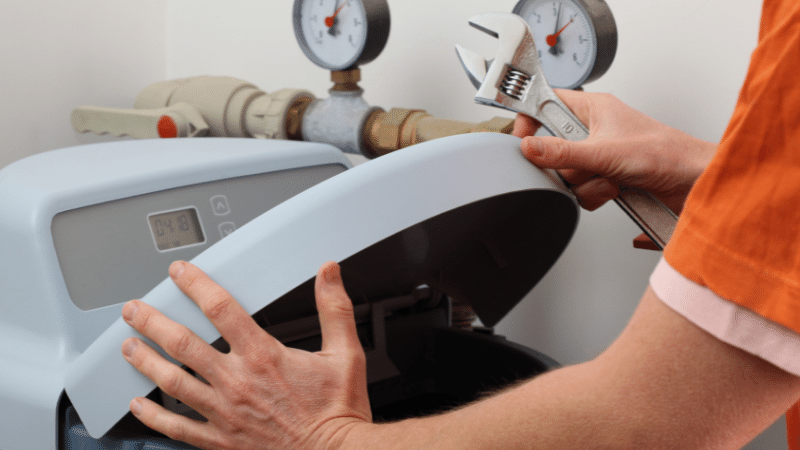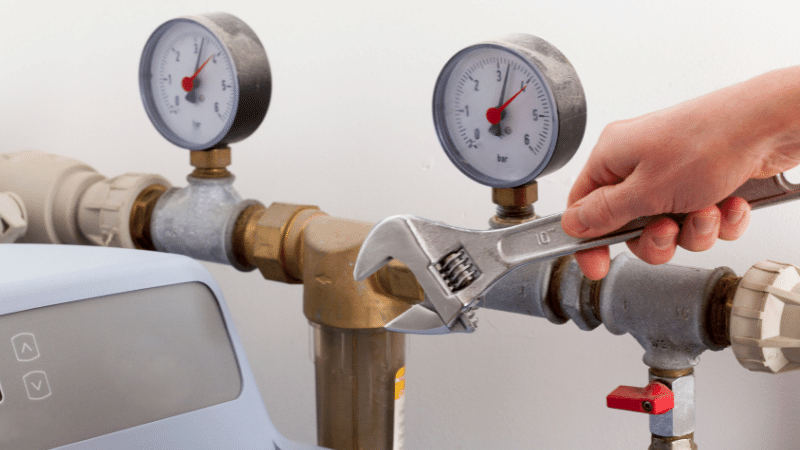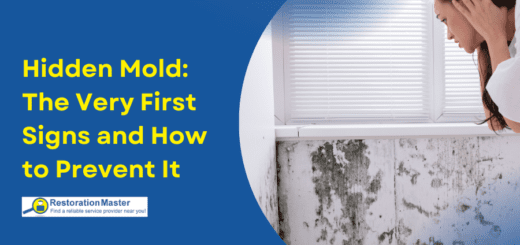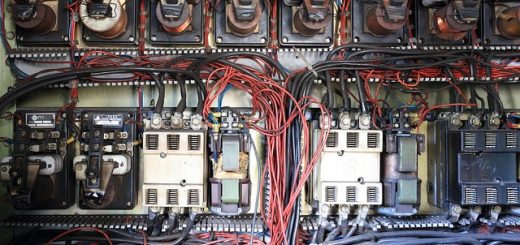5 Pro Tips for Optimal Water Softener Maintenance

Hard water usage over extended periods can cause many skin and hair problems. The traditional ways to soften water are time-consuming, and often don’t bring the desired results. The only effective solutionA solution is a homogeneous mixture of two or more substance... More is to get a water softener installed at home. Depending on your requirements, you can choose between a whole-house or point-of-use water softener. They make water soft by exchanging sodium ions with magnesium and calcium to soften water. Not only will your hair and skin be a lot safer with soft water, but your plumbing will also thank you for it!
Tips for Optimal Water Softener Maintenance
In this article, we’ll go over some useful tips to maintain your water softener properly. Here’s the checklist!
1. Check Salt Level
Regularly checking your salt levels is the most important thing you should do to maintain your water softening system. As the salt levels decline, the water gets harder. A rule of thumb is to check the salt level every 4 to 6 weeks to avoid common hard water issues. However, depending on factors like the equipment and hardness levels, the ideal checking frequency may vary.
2. Clean the Brine Tank
Modern water softening appliances rarely need to get their brine tanks cleaned. However, make sure you clean it occasionally to avoid problems due to build-up. Read the user manual before you start cleaning to understand how to do the job well. It’s recommended to clean the brine tank every six to twelve months to ensure optimal functioning of the water softener.
3. Check for Salt Bridges
With regular use of the appliance, you may notice a hardened salt bridge layer in the brine tank. Some of the main causes of salt bridges in the brine tank are high temperature, humidityHumidity is the amount of moisture or water vapor present in... More, or using poor quality salt. Salt bridges can prevent the water softener’s resin beads from regeneration. It’s important to regularly clean and check the brine tank to prevent salt bridges. Be careful though, as improper cleaning techniques can damage the softener’s walls, leading to a water leak.
4. Flush Resin Beds
The resin bed in your water softener gets regularly recharged with salt. However, the appliance can lose its efficiency due to the existence of heavy metals, iron, and other organic compounds. It’s advisable to flush the resin bed occasionally and clean it well to ensure the proper functioning of your water softener.
5. Use the Right Salt
Many people make the mistake of using old salts at home in their water softener. For best results, using the right type of salt is necessary. Two kinds of salts can be used in water softeners—crystals and cubes. Most softeners work best with cube salts, but don’t forget to check the user manual for your particular water softening system to know which salt type goes well with the appliance.
Avoid Water Damage From Water Softener Leaks
Regularly cleaning and performing checks on the water softener helps it run well without issues and prevents damage to the water softener that can cause leaks.

With the tips mentioned in this article, you’ll be able to ensure ideal maintenanceMaintenance is the routine care, inspection, and repair of a... More for your water softening solutionA solution is a homogeneous mixture of two or more substance... More. Make sure you properly read the user manual or seek the help of a professional to carry out cleaning sessions properly.
If a problem with your water softener has led to a leak that caused damage, make sure you call a water damage restoration professional.












